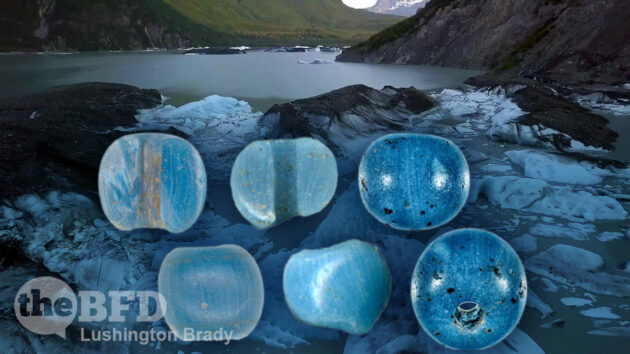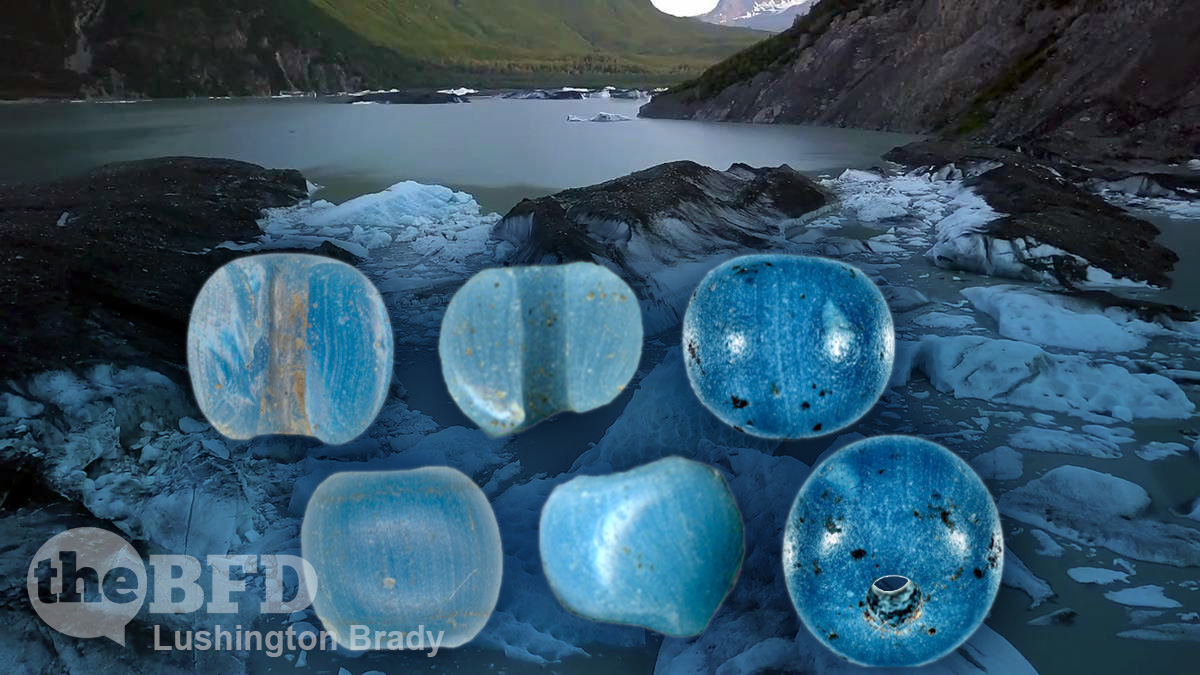Science writer Matt Ridley caused quite the stir when he published The Myth of Basic Science, arguing that the bulk of scientific discovery came from technological innovation – and rarely from government. Naturally, Ridley’s argument sent a million lab-coated troughers into a fit of the screaming mee-mees.
But, much as right-on academic types detest the grubby business of working for a living, the fact is that most of the great advances in human history have been spurred on by entrepreneurship. We have computers in our pockets not because some government-funded scientist got another grant, but because some nerds in a garage wanted to make a buck. The Age of Discovery was fuelled by trade.
Now, it seems that in fact trade leapt ahead of the Age of Discovery.
European-crafted glass beads found at three different indigenous sites in northern Alaska date back to the pre-colonial period of North America, in what is an intriguing archaeological discovery.
Somehow, these blueberry-sized beads made their way from what is now Venice, Italy, to the Brooks Range mountains of Alaska at some point during the mid-to-late 15th century, according to new research published in American Antiquity.
Think about that. In Fourteen-Hundred and Ninety-Two… in other words, Native Americans were trading for European beads well before European colonists had even set foot on the continent (excluding, of course, Viking attempts in remote parts of Canada half a millennium earlier).
It has been known for a long time that the presumably prized glass beads have been found at sites across North America, but earlier finds all comfortably dated to the post-Columbian era.
New discoveries, of ten beads at three different sites in Alaska have changed all that.

Using mass spectrometry carbon-dating, the scientists were able to date twine, made from plant fibers, associated with the beads (inorganic items cannot be carbon dated). The twine was found wrapped around the bangle, which was found next to the beads and probably used as an earring or bracelet. [Michael Kunz and Robin Mills] sent the twine to a lab for carbon dating and were suitably shocked by the results.
“We almost fell over backwards,” said Kunz, as reported by Ned Rozell, a science writer for the Geophysical Institute. “It came back saying (the plant was alive at) some time during the 1400s. It was like, Wow!”
As the authors wrote in the paper, “we conservatively date the beads at Punyik Point to the age range provided by the twine date from the bead cluster: 1397– 1488.” This date range was subsequently affirmed through the testing of charcoal and caribou bones found at the three sites.
What is particularly remarkable is the apparent speed with which the beads made their way from Italy to Alaska, up to a century before Colombus. Glass beads were first made in Venice in 1268. Any such beads made from then to the 15th century in Europe were made in Venice. Native North Americans did not manufacture such items.
So, how did they get there?
Prior to and during much of the Renaissance period, Venice was a major force in trade with Asia. Venetian goods moved along various maritime and overland trade routes, including the so-called Silk Road, which connected Europe and the Middle East with India and China via Central Asia. Along such eastbound routes, these early Venetian beads found their way into the aboriginal hinterlands, with some moving to the Russian Far East and, ultimately, to the Bering Strait region and into Alaska. A growing body of evidence from the Bering Strait region indicates that the movement of non-native materials from northeast Asia to northwest Alaska has been occurring via undefined routes since the first millennium AD, if not longer.
That’s a journey of 10,500 miles (17,000 km), including the 52-mile trek (84 km) of open ocean that separates the two continents via the Bering Strait.
Gizmodo
Much as the left despise and mistrust the profit motive, the simple fact is that trade and the desire to make money have been driving human progress for millennia. Even today, where government-funded space travel stagnated for decades, the entry of private enterprise has slashed costs and spurred new innovations.
Money might not make the world go ‘round, but it certainly makes humans achieve extraordinary things.
Please share this article so that others can discover The BFD

